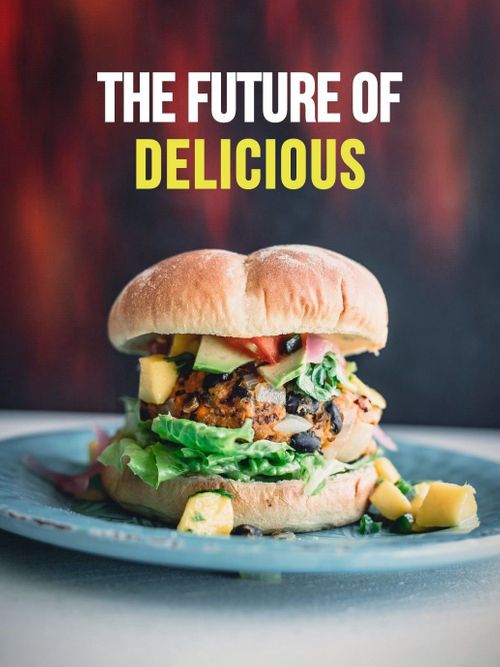Eating insects will mess with your mind… and save the world
Aug 19, 2021 · 4 mins read
0
Share

A problem of perception
Would you consider eating ice cream made from bees? Tortilla chips made of crickets? How about fly larvae sold in supermarkets? These things are much closer to being an everyday reality than you might think...
Save
Share
Whether we like it or not, our future depends on sustainability. Earth’s population is expected to peak at 9.7 billion in 2064. A global food crisis is looming, so something has to give.
Save
Share
The search is on for mass-market solutions that can turn plentiful ingredients we don't normally associate with eating – from algae to microbes – into enjoyable food that can help sustain us.
Save
Share
Lab-grown meat and 3D food printing have been championed as promising long-term enterprises, while nutritious solutions are already materializing in the form of plant-based protein that’s almost indistinguishable from meat (and much healthier too).
Save
Share
Yet the one area that could provide the greatest environmental and economic impact lies in the most sustainable protein source on earth: insects. Yes, you read that right. But before you roll your eyes and click away, consider this...
Save
Share
There are 1,900 edible insect species and they outnumber humans by 1.4 billion per person. They’re perfectly safe to eat when reared in hygienic conditions, and only 0.1% of all insects are harmful.
Save
Share
Bugs also require relatively little space to farm and their ecological footprint is minimal. It takes 25kg of feed and 40,000 liters of fresh water to produce just 1kg of beef! Now compare that to the 2.1kg of feed needed to produce 1kg of edible crickets.
Save
Share
Here’s the thing: humans have always eaten bugs. In fact, over two billion people still do. Crickets are popular in Thailand and Cambodia, while centipedes and scorpions are widely eaten in China. It’s only Western society that has resisted the practice. Why?
Save
Share
The biggest issue is perception. Insects have a serious image problem. This stems from learned associations dating back to when we lived in less sterilized environments. The kind of threat insects posed to us then no longer exists. The only real barrier is a psychological one.
Save
Share
To give us any chance of utilizing this abundant food source for the sake of our collective future, minds need to be changed. But a solution might be close at hand...
Save
Share
0